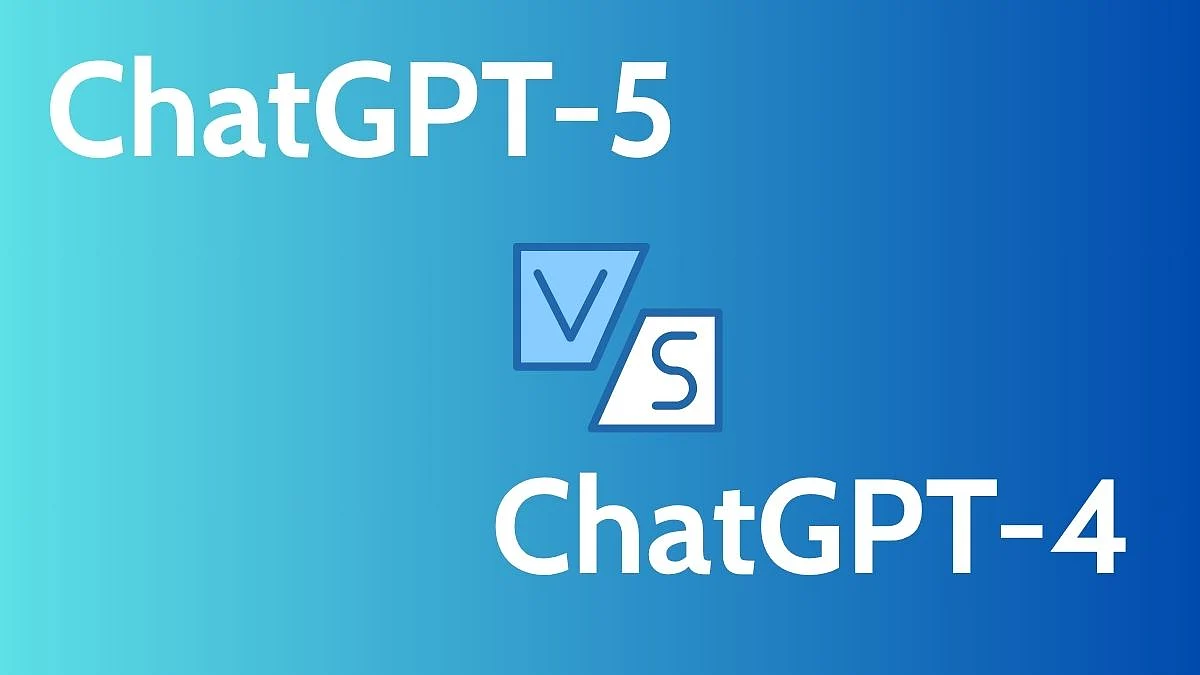As promised, OpenAI has released ChatGPT-5. The new release is said to be smarter across the board, providing more useful responses across math, science, finance, law, and more. OpenAI says 'it’s like having a team of experts on call for whatever you want to know.' The new GPT-5 is great at coding, is an expressive writing partner, offers more useful health answers, and OpenAI even claims that its more ‘safer’, meaning that it doesn’t hallucinate and pretend to know answers.
According to OpenAI, GPT-5 is significantly better at understanding, reasoning, and interacting with users across a wide range of tasks. Unlike earlier versions that relied on separate models or manual switches, GPT-5 now powers ChatGPT as a single, unified experience. That means users no longer need to pick between models like GPT-4 or GPT-4 Turbo—the system now automatically adapts to your needs in real time. Whether you're asking for a simple summary or a deep explanation, GPT-5 decides how much effort is needed and responds accordingly.
ChatGPT-5: New Features
ChatGPT-5 brings several major upgrades across performance, functionality, and personalisation. One of the standout features is its multimodal ability. GPT-5 can now handle text, images, audio, and video inputs more naturally, allowing users to upload files or speak to ChatGPT and get intelligent, contextual responses. The model is also equipped to process much longer conversations or documents—handling up to a million tokens of information, which means it can keep track of bigger ideas, longer projects, and complex interactions without losing context.
Performance-wise, GPT-5 has made massive improvements in reasoning, especially in math, science, and programming. It achieves near-expert-level results on benchmark coding and logic tests, offering better code generation, debugging help, and problem-solving for developers. OpenAI has also fine-tuned GPT-5 to minimize hallucinations—those incorrect or fabricated answers—by training it to be more honest when it's uncertain or doesn't know something.
Creative tasks are also getting a boost. GPT-5 writes with more nuance, emotional range, and coherence across formats—from business reports and blog posts to poetry and screenplays. It’s even better at recognizing tone and adapting to different audiences. And for health-related queries, GPT-5 now gives more accurate, cautious, and context-aware suggestions, though OpenAI clearly states it shouldn’t replace professional medical advice.
Another major improvement is personalization. GPT-5 can now remember details about your preferences, goals, or writing style over time, if you choose to enable memory. It can also adjust how it interacts with you. For example, you can now switch between different conversation styles, such as formal or casual, and even design custom “personas” for ChatGPT with distinct behavior or tone.
GPT-5 also integrates more tightly with tools many users rely on daily. It connects to Gmail, Google Calendar, Microsoft tools, and other platforms to help with tasks like drafting emails, scheduling meetings, or organizing to-do lists. OpenAI is slowly introducing autonomous capabilities too—meaning GPT-5 can take multi-step actions on your behalf, such as summarizing documents and sending the summary to your inbox without needing constant follow-ups.
Behind the scenes, GPT-5 was built with over 5,000 hours of safety testing to make it more aligned, less biased, and more transparent. Its responses are now filtered through improved “safe completion” systems to avoid harmful or inappropriate outputs, while still being helpful and direct.
ChatGPT-5: Who can use it?
GPT-5 is now the default model for most ChatGPT users, including those on the free and Plus plans. Free users can try GPT-5 with some daily usage limits, while subscribers of the Plus plan ($20/month) get broader access. OpenAI has also made GPT-5 available to enterprise teams and educational institutions, with dedicated support and features launching in phases over the coming weeks.
For developers, GPT-5 is accessible via the API with three model sizes: gpt-5, gpt-5-mini, and gpt-5-nano. Each is tailored for different use cases depending on how much power or speed is needed. The API includes new parameters too, allowing developers to control how verbose or thoughtful the model should be, and to better integrate GPT into their products or services.









